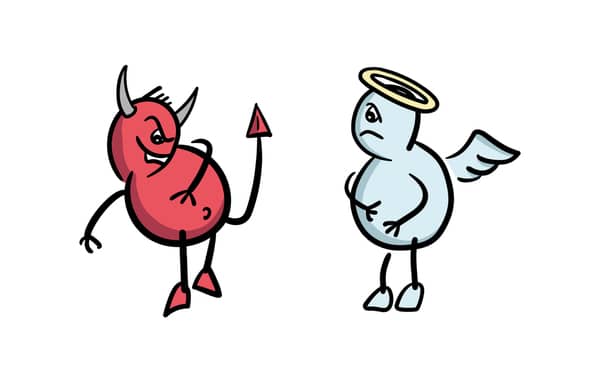What symbolizes evil in Lord of the Flies? In William Golding’s classic novel “Lord of the Flies,” there are many symbols that represent different themes and ideas. One of the most prevalent symbols in the book is the pig’s head on a stake, which the boys call “Lord of the Flies” and is a translation for Beelzebub. The pig’s head on a stake symbolizes evil taking over all the boys.
What symbolizes evil in Lord of the Flies? (Answer)
The pig’s head represents more than just a dead animal. It becomes a focal point for the boys’ inner darkness and their descent into savagery. When Simon encounters the pig’s head and hallucinates it speaking to him, it tells him that it is “the beast” that all of the boys fear. The pig’s head symbolizes not only their fear but also their desire to give in to their savage instincts.
The name Beelzebub, which is a translation for “Lord of the Flies,” itself also has a significant meaning. In Christian tradition, Beelzebub is another name for Satan or the devil, who is often depicted as a figure of pure evil. By naming the pig’s head after this figure, Golding reinforces its symbolic significance as an embodiment of evil.
Furthermore, it is important to note that while Jack and his followers are responsible for killing pigs and placing them on stakes as offerings to what they believe is a beast in order to appease it, they do not create or worship Beelzebub until Simon comes along with his epiphany about what is really happening on the island. This suggests that there was always something sinister lurking beneath the surface of their actions; they were not innocent children simply trying to survive but instead were being consumed by their primal urges.
What are 3 symbols in Lord of the Flies?
Three symbols in Lord of the Flies are the Island, which represents an Eden-like paradise; the Fire, symbolizing the hope of being rescued and re-joining civilization; and the Conch, which is a symbol of civilized order.
What does good vs evil symbolize in Lord of the Flies?
In Lord of the Flies, the battle between good and evil is symbolized through the contrasting characters of Ralph and Jack. Ralph represents righteousness, order, and civilization, as he consistently strives to maintain a sense of morality and establish rules for the group. On the other hand, Jack embodies evilness, savagery, and chaos as he succumbs to his primal instincts and leads a faction that indulges in violence and destruction. Their conflict illustrates the inherent struggle between civilization and barbarism within human nature.
What does the Lord of the Flies represent?
The Lord of the Flies represents a physical manifestation of the beast, symbolizing the power of evil and serving as a metaphorical Satan figure who reveals the inherent darkness within every human being.
What does the island symbolize in Lord of the Flies?
The island in Lord of the Flies symbolizes isolation. It represents a microcosm of society where the boys are cut off from civilization and left to fend for themselves. This isolation highlights the destructive nature of human beings when they are removed from societal norms and left to their own devices. The island becomes a metaphorical battleground where the boys’ innate savagery and primal instincts are unleashed, ultimately leading to their descent into chaos and violence.
Conclusion
In conclusion, while there are many symbols in “Lord of The Flies,” none are more powerful than Beelzebub, represented by a pig’s head on a stake. It symbolizes inner evil taking over all of the boys on this deserted island where there are no rules or adults around to guide them. William Golding’s masterpiece is not only a story of survival but also an exploration of the human psyche and the darkness that lies within us.
